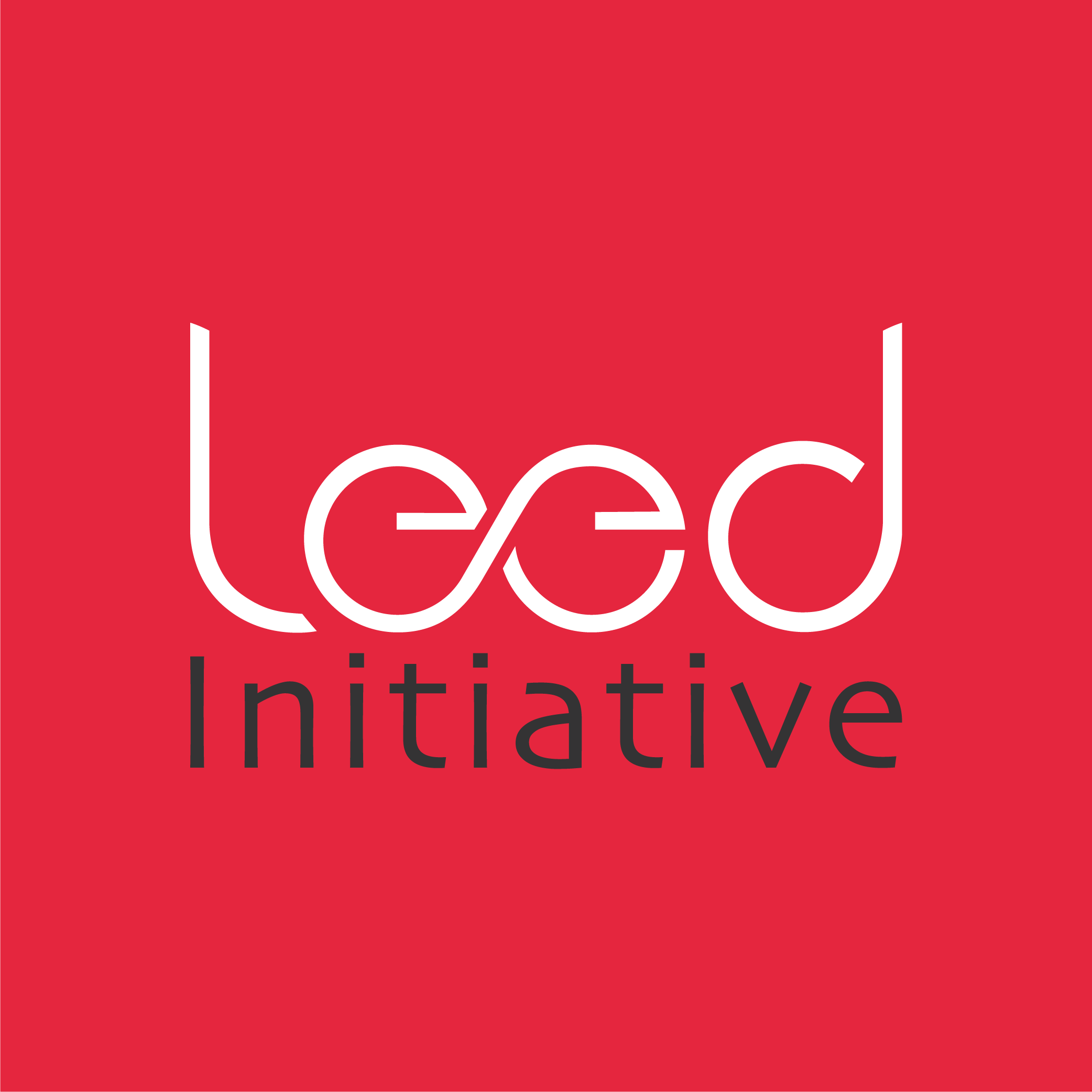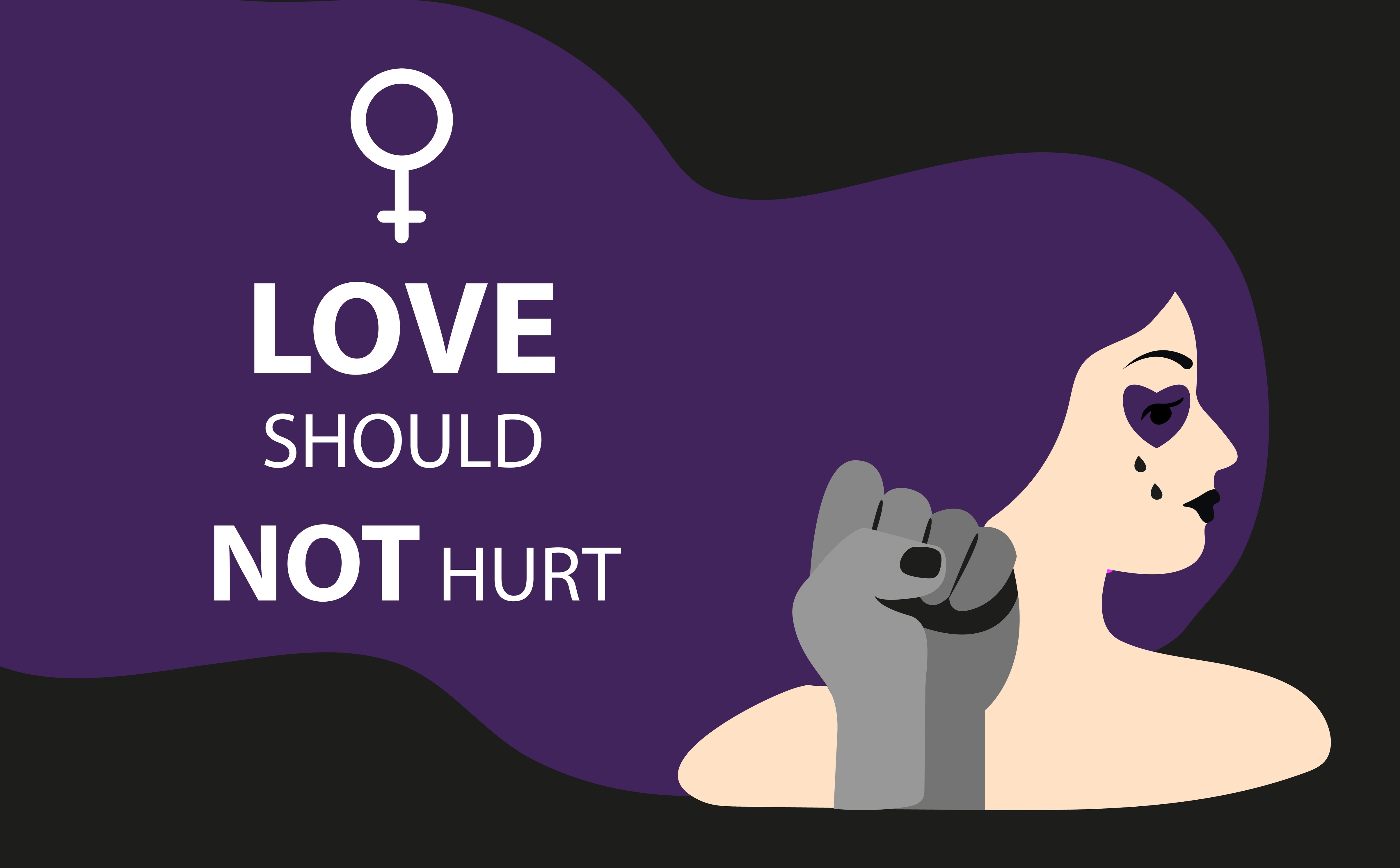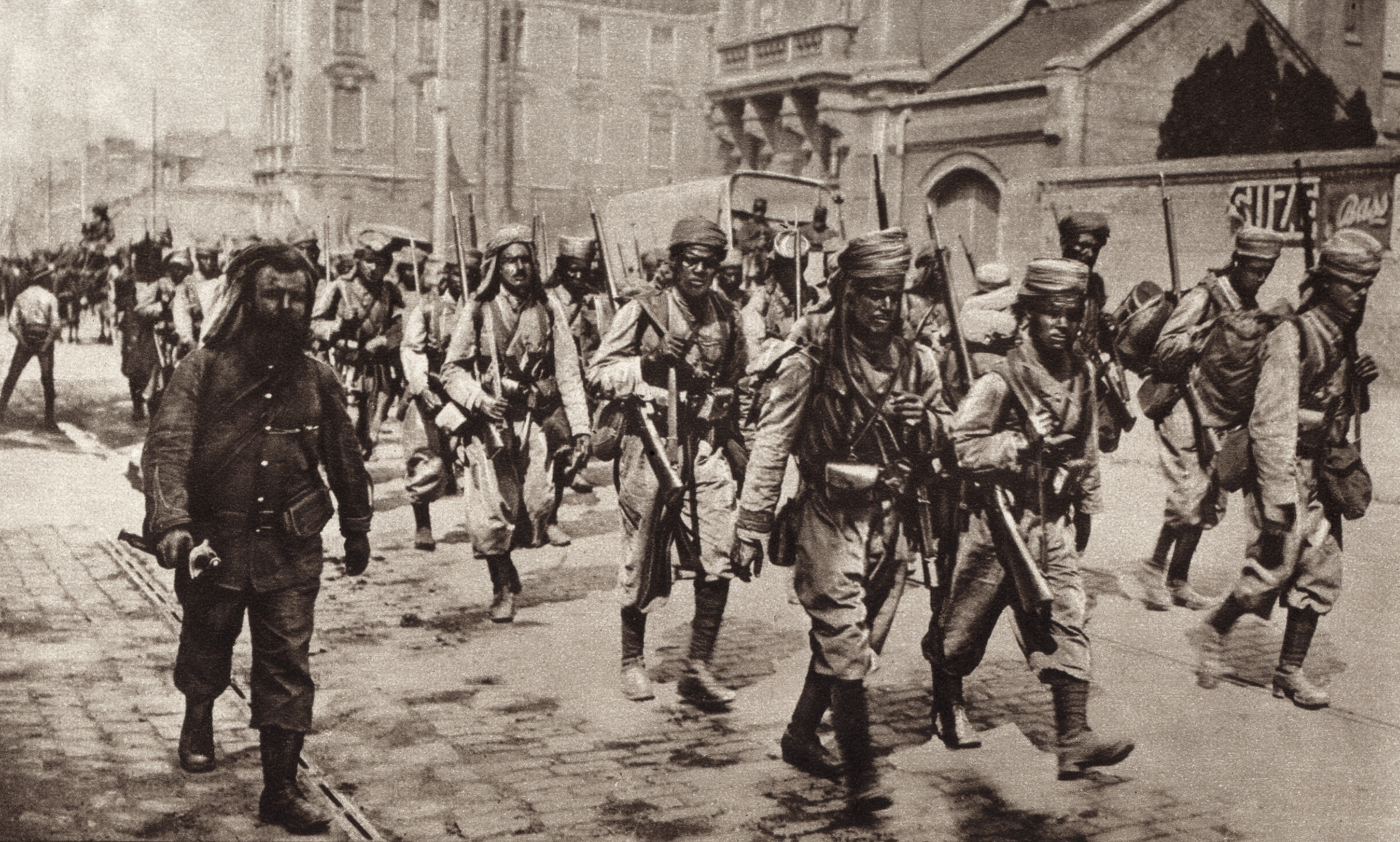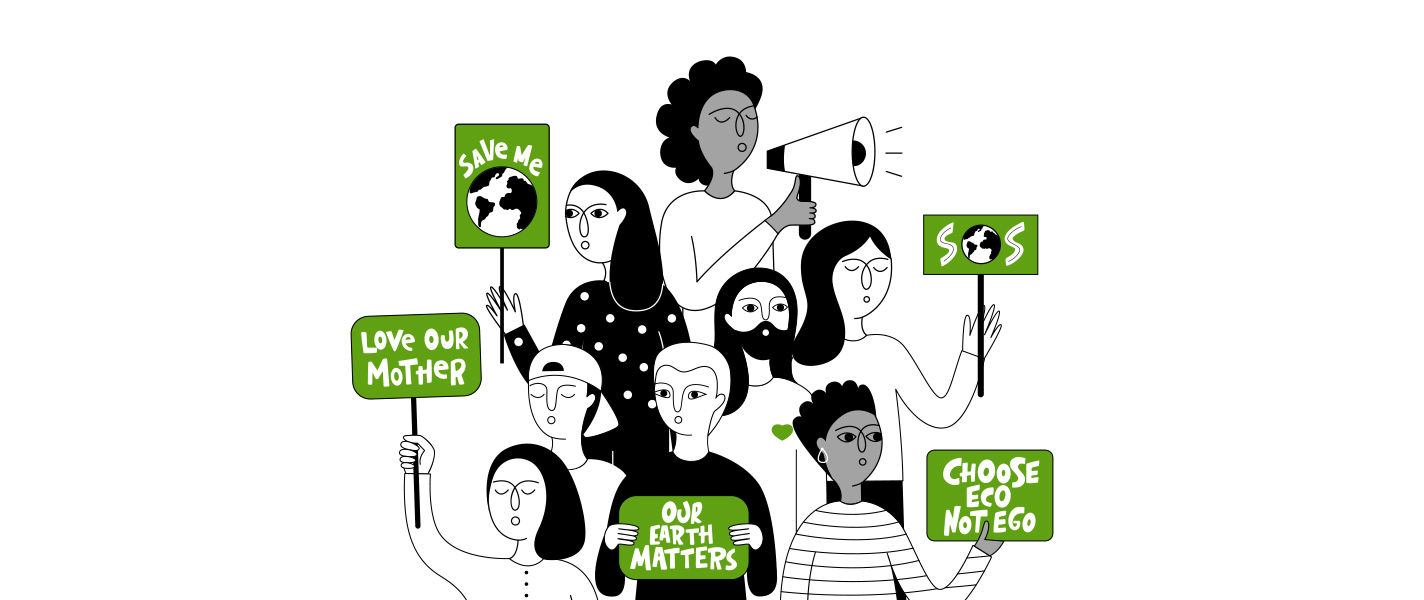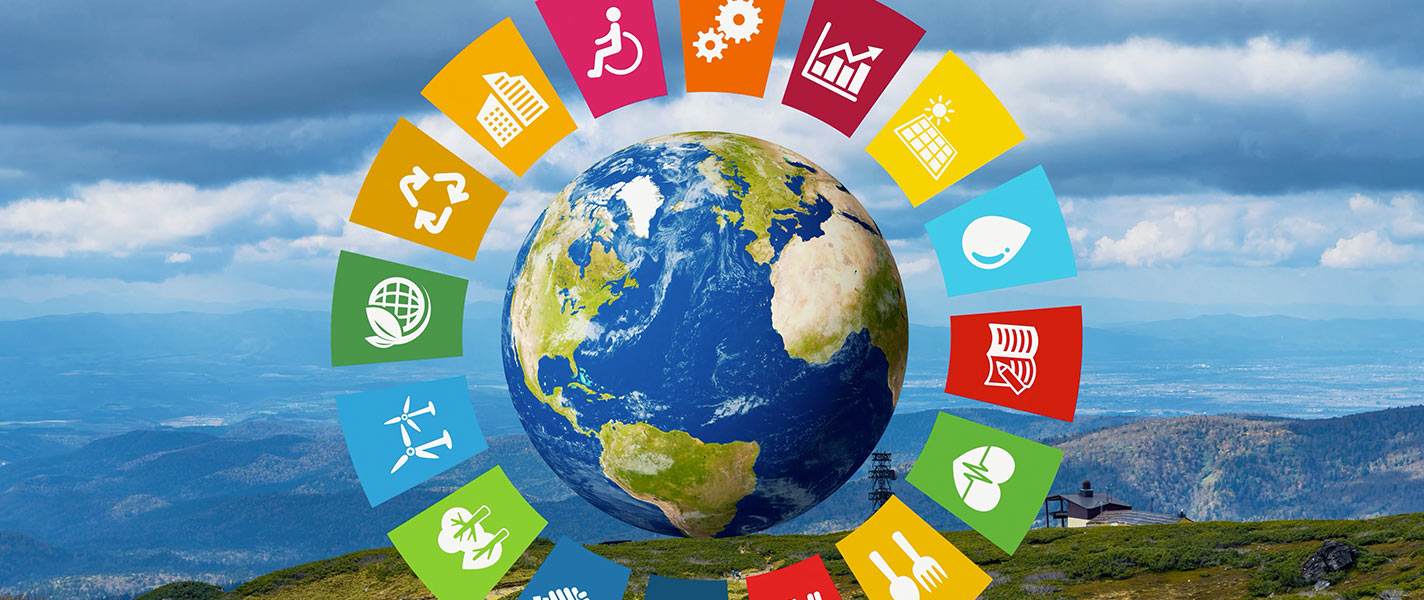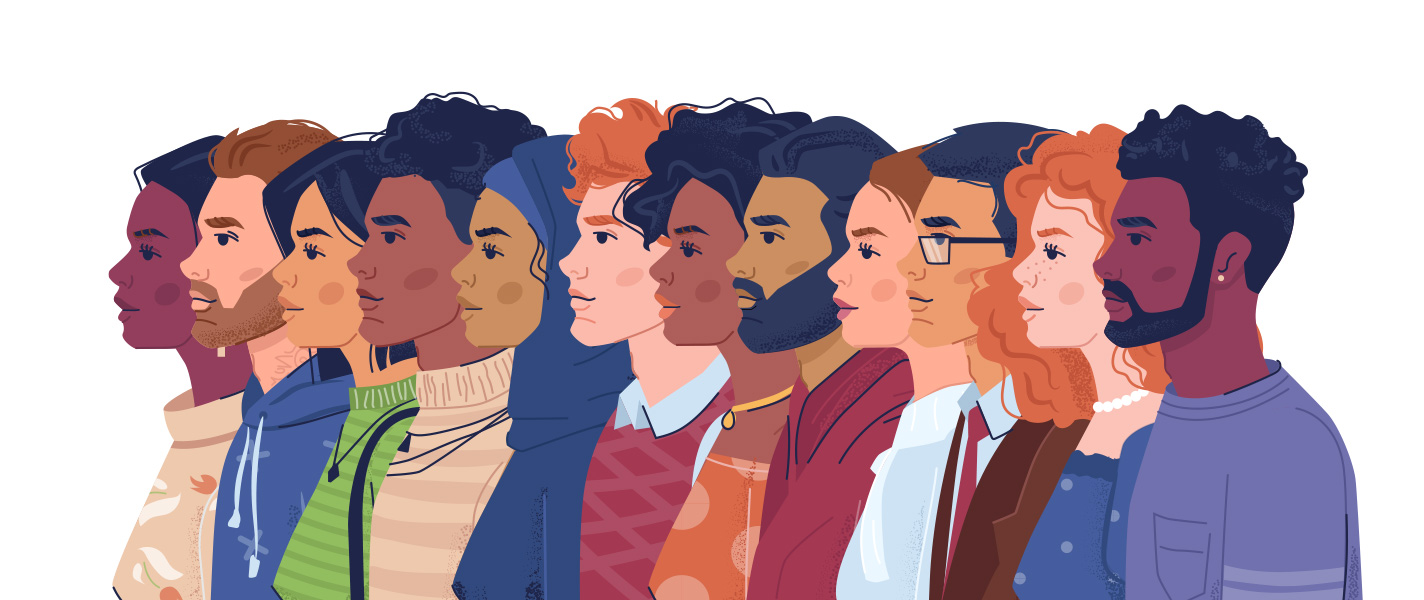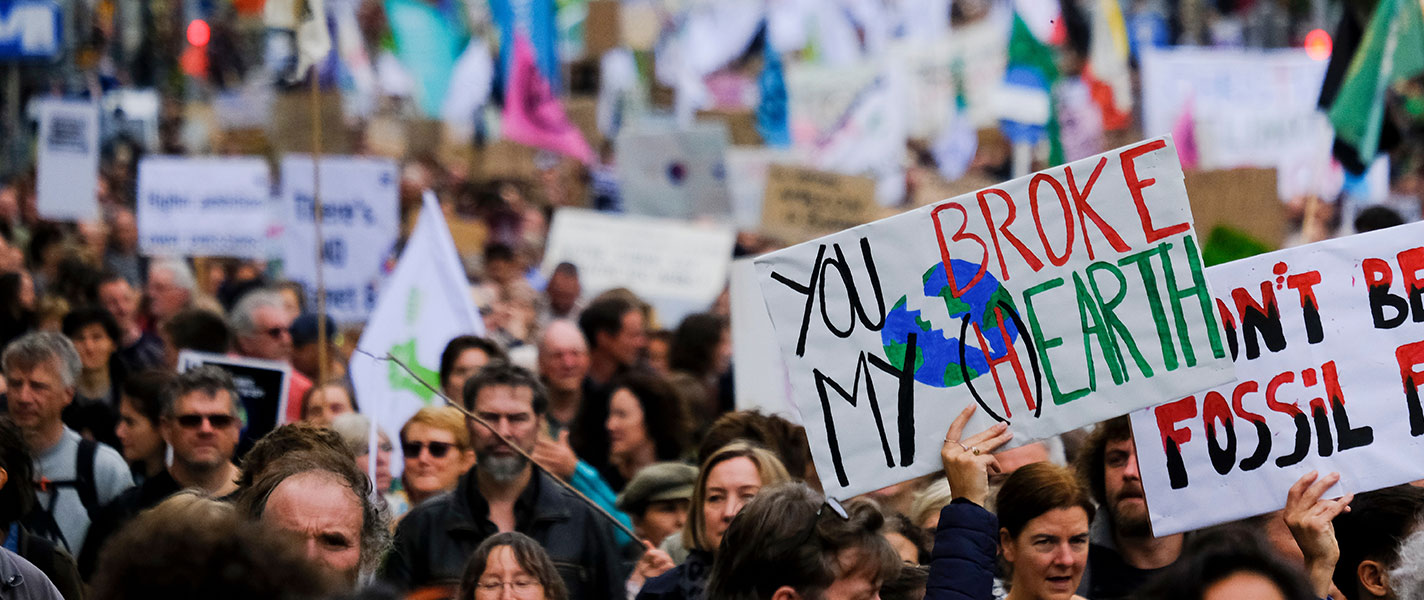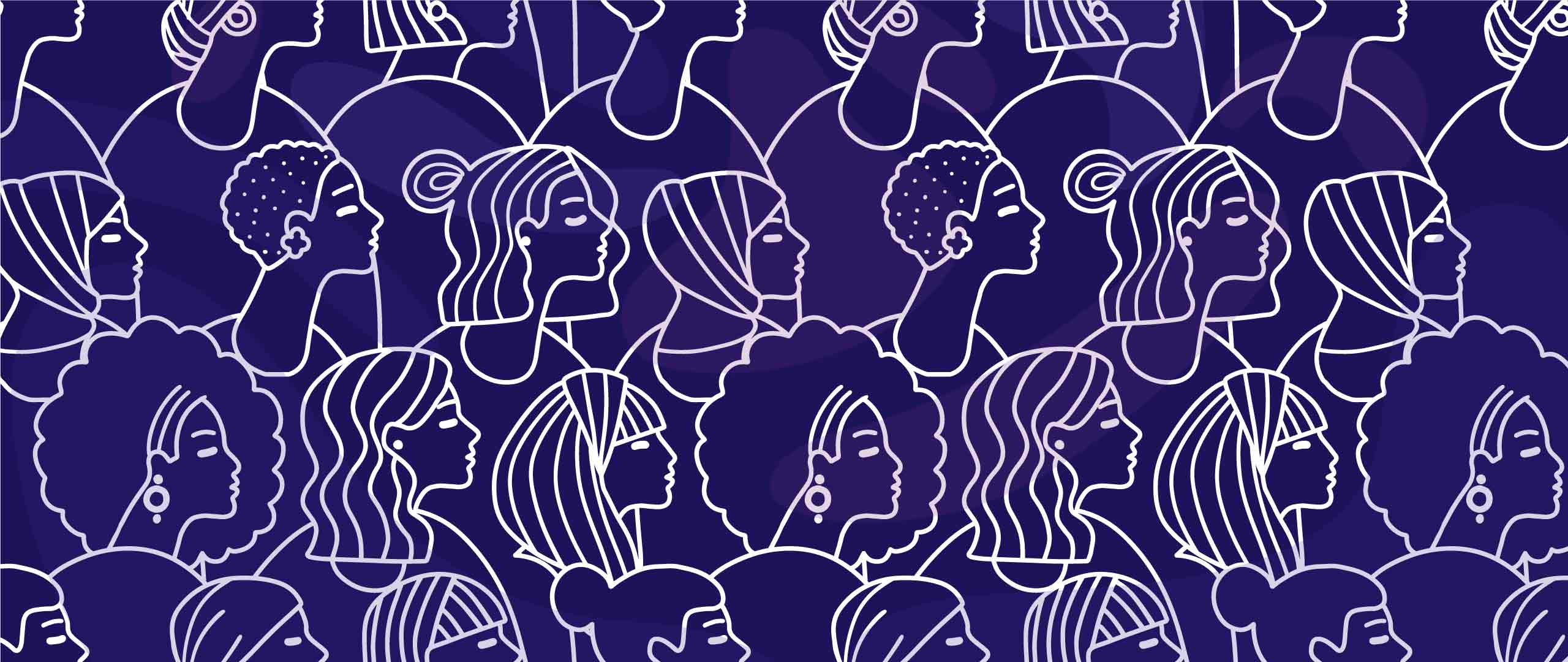Social Media and Online Advocacy, a Double-Edged Sword?
Social media has utterly transformed how modern advocacy campaigns are run. As a perquisite for NGOSs work, it implies that the messages should be meticulously planned.
Social media, introduced by the further development of internet technology, especially Web 2.0 and the birth of several social media platforms, have a significant impact upon public relations and advocacy activities of non-governmental organizations. For its fifth Digital Saloon, LEED Initiative hosted a panel discussion, inviting notable guest speakers from Italy, Croatia, Lebanon and Morocco to explore the theme of how social media is changing the advocacy landscape and what power dynamics is it creating.
Prior to the advent of social media, non-governmental organizations were attempting to survive a very competitive environment, aiming at providing services for their communities, as well as, actively participate in policymaking processes. Hence, effective communication and relations established with different public parties became a prerequisite for the continuity of NGOs work. They depended on volunteers to support their programs, on the media to publicize their works, activities, and campaigns, and on donors and sponsors for financial support. Hence, these networks of relations with the related public bodies needed to be managed within a particular framework.
One of the frameworks of this newly formed communication domain is social media. Kaplan and Haenlein define social media as “a group of internet-based applications that build on the ideological and technological foundations of Web 2.0, and that allow the creation and exchange of user generated content” (2010: 61). Providing a dynamic media environment, social media empowered all public categories and transformed communication of organizations with their employees, clients, and the media which constitute their own public.
Online Advocacy, a Catalyst for Change
Considering Web 2.0 and social media in particular, the main strength of online advocacy lies in the potential of employing social media by an individual or self-organizing group for a certain goal, when compared with mass media. Collaborative environments support and facilitate instantaneous engagement and participation of the masses, thereby “network enriched” solutions can be possible (Bresciani & Schmeil, 2012). This results in the masses realizing that their contributions can have a rapid effect and outcome and therefore they are more willing to participate in advocacy activities.
This development propelled non-governmental organizations to go online in order to further augment their advocacy efforts. Indeed, NGOs rely on social media to bolster outreach efforts to spread information about a cause, connect with volunteers, reinforce relationships among supporters and donors, and publicize their works, activities, and campaigns through an increased speed of collective communication and more cost-effective methods that can easily become widespread.
On social media as in the offline environment, an organization's advocacy efforts are revealed in the tactics it employs to implement its advocacy strategies. Twitter, LinkedIn, YouTube, Facebook, and other social media sites have introduced new convening platforms for organizations to facilitate relationship building and stakeholder engagement. Social media help organizations engage present and potential stakeholders by sharing, cooperating, and mobilizing joint actions in near-real time. Add to that, one of the unique tools available on social media platforms used for online advocacy is hashtag. When used effectively and strategically, the power of hashtag lies in classifying messages, improving searchability, and allowing non-governmental organizations to link new input to an existing one in their efforts to advance their mass mobilization mission.
Although social media plays a prominent role in offering an interactive and decentralized environment for organizations to mobilize supporters, foster dialogic interactions with large audiences, and attract attention to issues that might otherwise be ignored by traditional media; yet, it also paves the way for fake news to be created and go viral.

